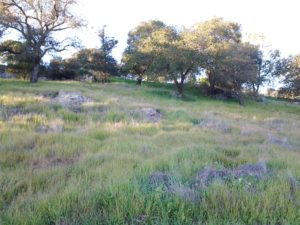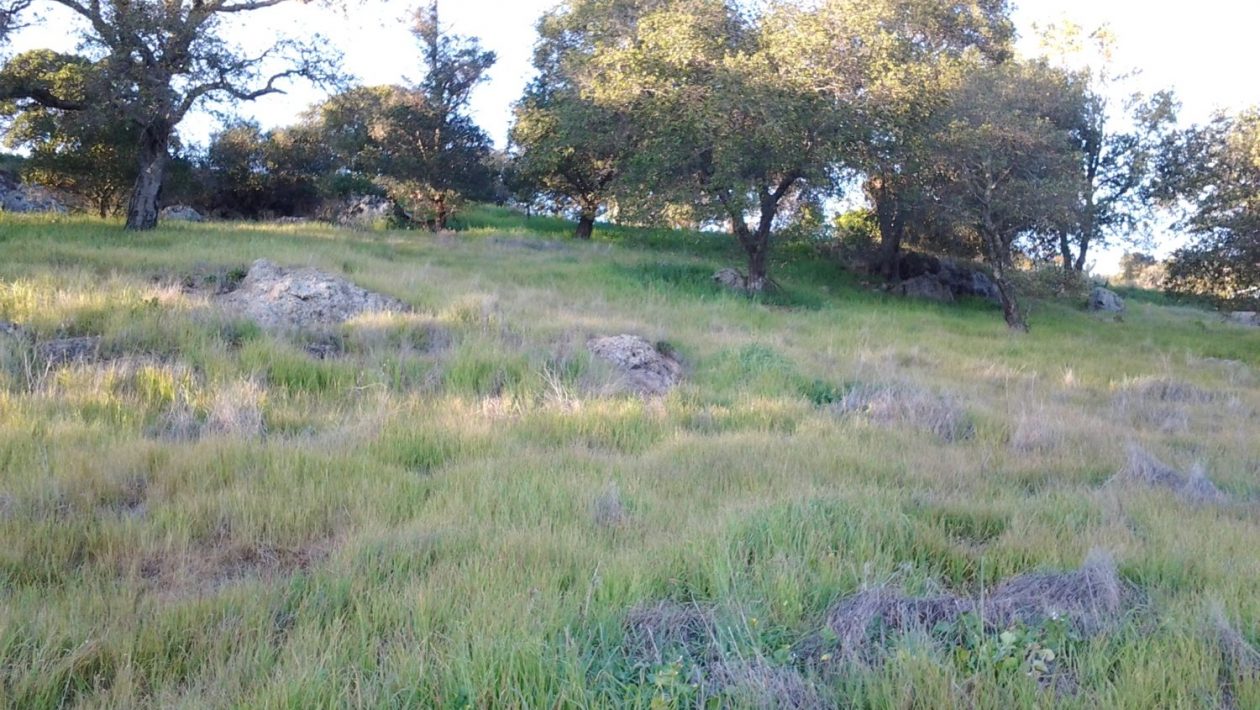By JOSEPH & JUDIE PALMER
Special to the Gazette
In our last installment it stated on November 14, 1872, the Rice family grew when Aaron’s 26-year-old son Nathaniel married 18-year-old Rebecca Donzel with no family members present. Also mentioned in an announcement regarding churches on March 18, 1871 published in the Napa County Recorder, Rev. Robert Rice (Aaron’s father) gave two sermons a day as acting minister for the Napa AME Church, while Nathaniel supervised the Sunday School. Robert also owned the family farm that employed both Aaron and Nathaniel.
On Nov. 23, 1873, Elevator newspaper representatives from San Francisco visited Napa to report on its African-American community, and then published their findings on Nov. 30, 1873. An excerpt, “… There are six churches in Napa, viz., Episcopalian, Baptist, Presbyterian, Methodist, Campbellite, and Zion A. M. E. Church. There is no “stated preaching” in the latter, as they have no preacher. Mr. Rice occasionally officiates, but he resides on his farm in another part of the county, and cannot attend regularly.
“The colored population of Napa is between eighty and ninety, and they pole thirty-seven votes, all Republican. This is a fair proportion; above the general average. They have a colored school, numbering fifteen scholars. There is no colored Sunday School here, and we are glad of it. Hatton’s children, and some others attend the Episcopal Sunday School. …”
It should be noted that the Elevator believed in total integration of African-Americans in all aspects of society including education which help explains their comment. The Pacific Appeal, their rival, believed in the creation of an independent African-American community.
In the meantime, some important points are raised regarding the Rice family. Rev. Rice in 1871 is regularly conducting two services, while Nathaniel oversees the Sunday School every Sunday. Two years later, he is unable to and the school is gone despite the Napa County’s African-American population having grown from 43 in 1862 to 80-90 in Napa City alone by 1873.
By September 25, 1874, the terms of Robert’s May 20, 1862 Homestead Application are fulfilled allowing for the free and clear ownership of the family farm. There is no mention of Charlotte (Aaron’s wife) with whom he purchased the property in 1860 due to married women’s land ownership not being federally recognized. Additionally we found an April 24, 1869 deed stating Robert sells 2/3 of the farm to Aaron for $1. Most likely, this was for Charlotte’s portion of the property.

On March 20, 1875, tragedy begins to befall the Rice family as 75 year old Rev. Robert Rice dies from dropsy (edema caused by heart congestion today). His estate consisted of, cash & coin – $9, 1/3 of the family farm – $100, 2 ponies – $35, 1/3 interest in spring wagon – $5, 1/3 interest in lumber wagon – $6.66, 8 chickens – $3.50, silver watch – $5, for a total worth of $164.16 or $3,606.35 today. His probate was settled on May 24, 1875 awarding it all to his widow Dilcy after she paid $100 bond, court costs and unknown attorney fees.
Later that year on November 1, Rebecca dies at 21, childless. In researching her death, we made an interesting discovery. Although only her name and age were listed within Napa County records, we were able to find cause of death and more contained within the Tulocay Cemetery’s records. Not only did we learn she died of consumption (tuberculosis today) but that she was also determined to be “Copper” a term used for anyone of Asian descent. This might explain why their wedding had no family present.
Then on February 16, 1876, Dilcy age 84 dies of “old age”, followed less than a month later by Charlotte age 64 on March 3, from typhoid fever, a very contagious disease known to thrive in unsanitary conditions regarding water and raw food. Napa County at this time did not have a reliable clean water system and a number of the farmland wells were susceptible to contamination from the bacteria. The close proximity of their deaths makes it highly suspicious and most likely that Dilcy also died of Typhoid, as the elderly and the young were the most vulnerable.
All four deaths happened in less than a year, decimating a once strong thriving family unit. We can only imagine the devastating grief Nathaniel and Aaron must have suffered. However, they pressed on and a year and a half later there is joy again.
On October 31, 1877, Nathaniel age 31 marries again when he weds Edward Hatton’s stepdaughter Annie Elizabeth Dyer age 27. Their witnesses were her stepbrother Joseph Hatton and Fred Sparrow (the first Napain African-American to register to vote) and was officiated by the prominent Rev. Richard Wylie, pastor of the Napa Presbyterian Church. You will recall from our earlier writings that the Hatton’s were the prominent face of the Napian African-American community. Annie and Nathaniel’s wedding therefore is proof of how close the two families were and the prominence the Rice’s must have held. (Interesting side note on their marriage certificate it makes a point to mention that “neither party married before.”)
Coming up in the next part of the story, we will be exploring Dilcy’s probate which wasn’t filed until 1880. There are yet more exciting revelations to be divulged in our next column.
For more information, or to volunteer with the Martinez Historical Society’s – Potter’s Field Restoration Project, please visit our website. Do you have a Potter’s Field resident story to tell? We welcome any pictures or information on anyone or anything regarding Potter’s Field. Please email us at martinezcemetery@gmail.com or call us at (925) 335-9396.
Coming up on Saturday, May 12 is the first Alhambra Cemetery Cleanup Day and our first Potter’s Field Restoration Project workday of the year sponsored by the City of Martinez, Martinez Historical Society, E. Clampus Vitas, and SOLS. The hours are 9am to 2pm, with E. Clampus Vitas providing lunch and SOLS providing refreshments. While there is plenty of work to do to maintain, preserve, and restore this very important outdoor museum, as the story goes, “many hands make light work”. Come join us and be a part of our ever growing volunteer community as a good time is had by all! Lastly and for good measure it’s a chance to visit the site and inspiration behind our columns.
Due to its immense popularity the Martinez Historical Society has extended the viewing of its exhibit titled “Celebrating the Women of Martinez”, created and curated by Mary Goodman. It will remain on display through April 29, 2018 during regular museum hours and for specially scheduled tours.
Martinez Museum – 1005 Escobar Street, and corner of Court Street. Open Tues and Thurs 11:30 a.m. to 3p.m. First 4 Sundays 1-4 p.m. 925-228-8160; www.martinezhistory.org.
Contra Costa County History Center – 610 Main Street, Martinez.





